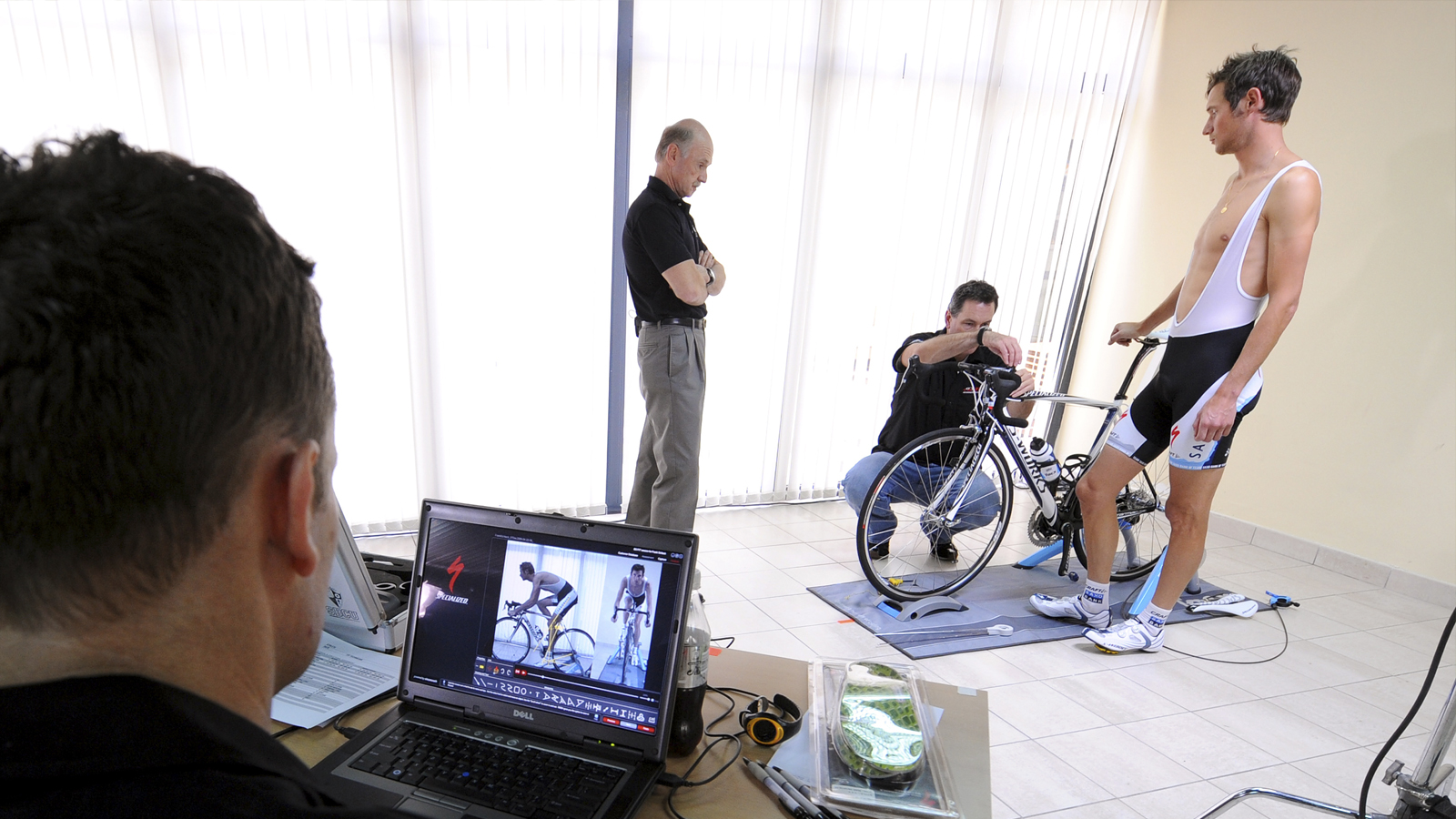The off-season: how the pros transition from race to rest and start again for next year
The most confusing part of any season for many athletes is what happens when the season comes to an end and the routine stops. In most cases, this is where the tone for the following season is set

The end of the season is often referred to as the 'transition phase' and is frequently misunderstood. It's a time of active rest and recuperation that commonly takes place during this phase of training.
In this article, we'll shed some light on what the professional peloton's off-season comprises and isolate certain aspects you can implement into your own training for the season ahead.
Indoor cycling
Zwift: Everything you need to know
Best turbo trainers
Best Zwift setups
Cheapest Zwift setup
Why is the off-season important?
The transition phase provides pro athletes with a period of well-deserved rest and recovery. It allows athletes the opportunity to focus on the upcoming season and set goals while planning their often congested race calendars.
There are three key reasons for the off-season playing such an important role in the build-up to a successful season: physical rest, mental rest, and injury treatment and prevention.
1. Physical Rest
Once the season has come to its completion, we usually see pro athletes take a complete break from cycling. The period of rest varies from individual to individual, but usually lasts approximately two to four weeks. After 10 to 14 days of complete rest, most athletes begin some form of physical activity. The reason for this is that there is evidence to suggest that prolonged rest erodes many training adaptations that may have occurred during training over the previous season. Longer rest periods are therefore avoided.
Some of the activities that athletes partake in include hiking, swimming, surfing, running and skiing. This break helps the athletes avoid burn out. Burnout occurs when an individual consistently accrues fatigue without adequate recovery for an extended time and is often
2. Mental Rest
The end of the season is often accompanied by a significant amount of mental fatigue. This can lead to motivation progressively decreasing and can manifest in various ways, including; incomplete training sessions, under-performance in races, reduced communication with the coach and other subtle signs.
The latest race content, interviews, features, reviews and expert buying guides, direct to your inbox!
Central nervous system fatigue can take significantly longer to recover from compared to the physical fatigue of training and racing. One of the primary aims of the off-season is therefore focused on allowing the athlete to recover mentally. Athletes are therefore encouraged to participate in an exercise that is fun and novel, with limited structure. The introduction of gravel bikes makes this a particularly attractive choice, with many cyclists opting to head off the beaten path in search of structure-free adventure.
3. Injury management and prevention
During this part of the season, athletes will also address any injuries. These may be as simple as allowing oneself to recover from chronic muscle pain, but in some cases may also involve surgery. The introduction of strength training at the beginning of training assists in improving any strength deficits in key muscle groups and stabilisers.
The end of the off-season is often accompanied by the start of a training camp for professional athletes. This is the best time for biomechanical evaluation and optimising of bike fitting and set-up. This allows the muscle-tendon units and joints to adapt to alteration when the training load is progressively increased.
- 10 seriously effective winter training tips
- How to use indoor training to smash your outdoor riding goals
- 10 essential time-efficient cycling training tips
Season Review
The primary focus of the end of year training camps that most teams are currently participating in or have just completed, is a review of the previous season. The athletes use this time to have an honest discussion with their coaches about factors that affected their performance. They use this time to go through their data to discuss where things went well and where mistakes were made.
This end of season review is often coupled with a form of performance testing which is used for profiling, monitoring and training prescription. These tests can take the form of physiological laboratory-based testing or field tests.
Common reasons for athletes wanting to avoid an off-season break.
1. Fitness anxiety
Athletes often develop anxiety about taking time off due to detraining. The aim of an off-season break is to allow for a limited amount of detraining to occur, the reduced stress as a result of this break allows for some physical recovery, and will assist with making performance improvements in the coming season. One should, therefore, see the break as a positive process that will result in improvement.
2. Weight gain
It is relatively easy to gain some weight while not riding, this is however completely normal and healthy. Attempting to maintain optimal race weight all year will predispose you to illness and injury. Any weight gained during this period will be lost fairly quickly once focused training is reintroduced.
How can I use this to improve my performance?
1. Take an off-season break
Allow for 10-14 days of complete rest before starting with your training again. This should be the optimal time to allow physical recovery from the season's efforts, but if you're not mentally recharged, try a new activity or a new sub-division of cycling to mix up the mental monotony. Consult your GP if you think you're experiencing symptoms of overtraining.
2. Review your previous season
Highlight where weaknesses are and where improvements were made. Once that is done, evaluate how to eliminate mistakes and turn those areas into positive improvements. If you're unsure, communicate with a coach or club member for an impartial opinion.
3. Conduct a performance test
Set a baseline to use for training prescription and monitoring. This can be done on a turbo trainer or outdoor test, we recommend the former for accuracy. This can come in the form of a ramp test on TrainerRoad, a 20 minute FTP test on Zwift, or simply timing yourself on a particular section of road.
Address any weaknesses and imbalances by speaking to a GP or a strength and conditioning coach, and have a bike fit assessment, such as that from Retul, to ensure your position isn't under/over-utilising muscle groups.
4. Plan for next season
Use your extra hours to sit down - either alone or with a coach - to plan ahead to next season. Decide upon your goals, and take a look at our 10 seriously effective winter training tips for a few ideas on how to reach them. Consider using indoor training to avoid poor weather forcing a skipped session, and take a look at our time-efficient cycling training tips for advice on how to fit your training around every-day life.
Jarred Salzwedel completed his Honours degree in Sports Science at the Nelson Mandela Metropolitan University in 2013. His Master's degree focused on investigating training adaptations to differing high-intensity interval training programmes in cyclists.
He has raced both on the road and track at a National level in the Junior ranks which led to his interest in the science behind training and conditioning, as well as his passion to help athletes optimise their performance.
Jarred owns and manages Cycle Dynamic Coaching - a coaching platform that looks after and advises some of South Africa’s top Road and Track cyclists. He has extensive knowledge in exercise physiology having previously focused on the physiological testing of endurance athletes.

